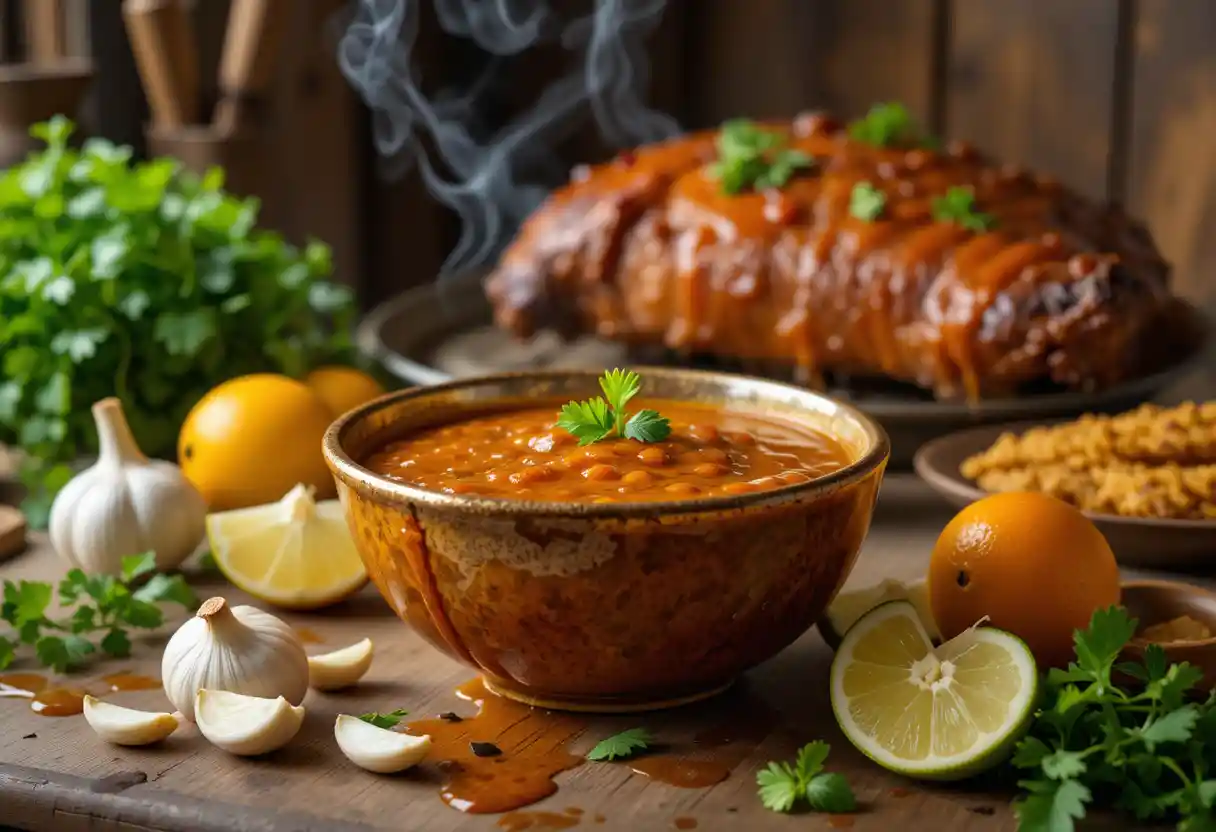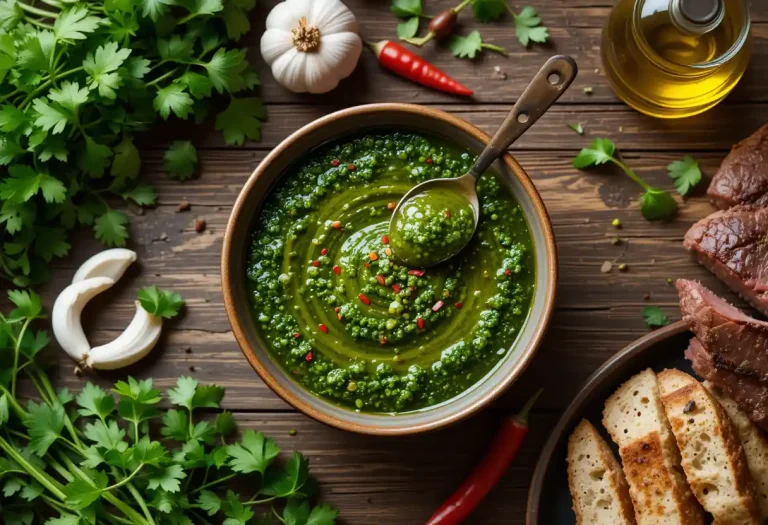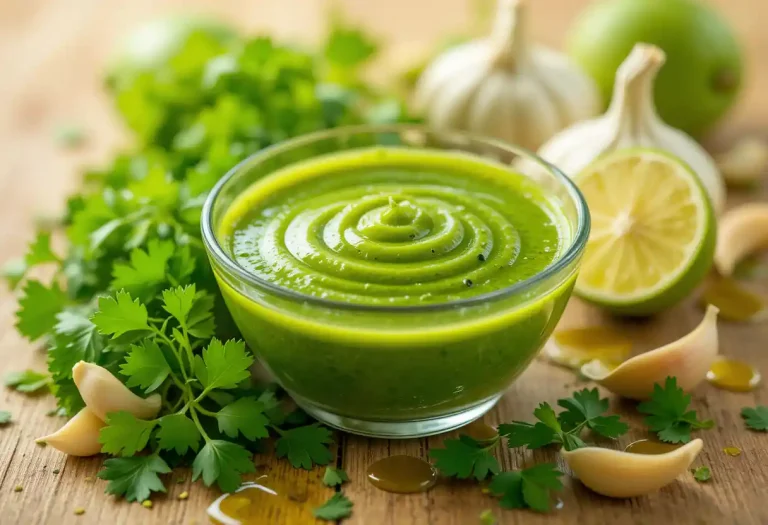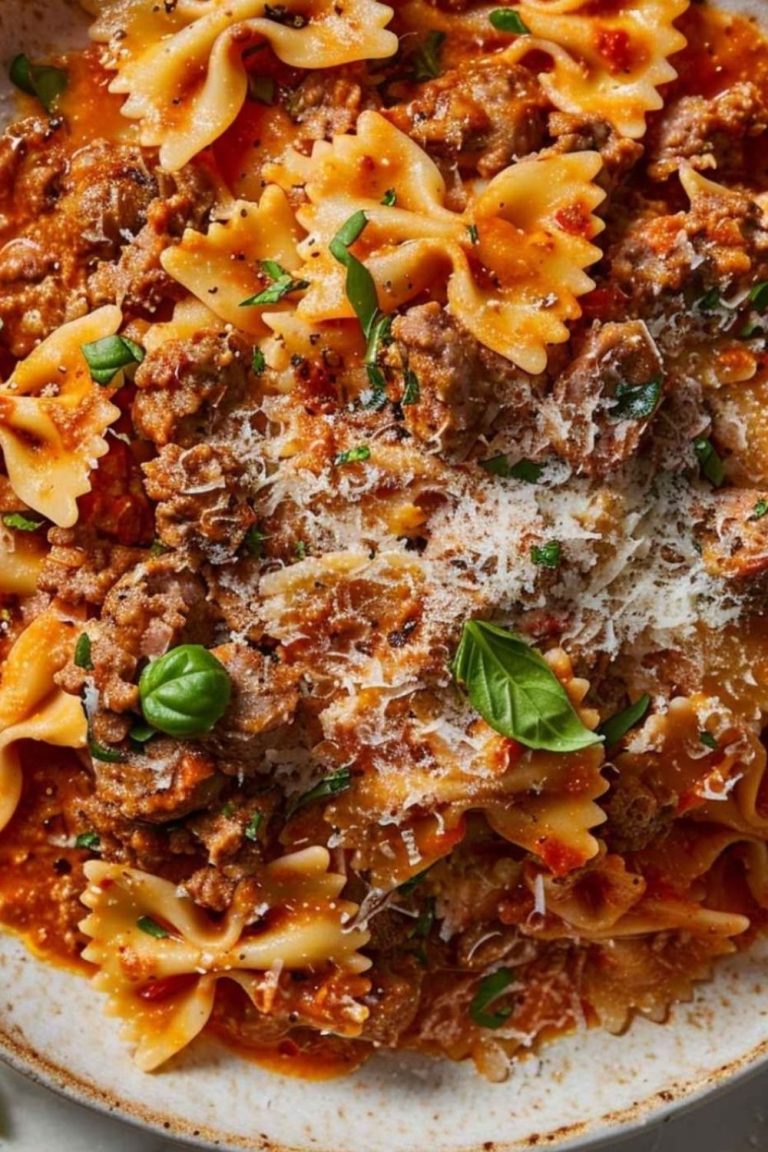Cuban Mojo Sauce: The Secret to Cuban Sabor
Cuban cuisine is renowned for its bold flavors, vibrant colors, and perfect balance of seasonings. It represents a fusion of Spanish, African, Caribbean, and even Chinese influences, creating a culinary tradition that is rich, complex, and full of life. At the heart of this flavorful tradition lies Cuban Mojo Sauce—a tangy, garlicky, and citrus-packed sauce that adds unparalleled depth and zest to a variety of dishes. If you’ve ever had Cuban food, it’s likely that you’ve tasted this delicious concoction, as Mojo sauce is a cornerstone of Cuban cooking. It’s the secret that elevates simple ingredients into extraordinary dishes.
In this blog post, we’ll explore the origins of Cuban Mojo Sauce, the key ingredients that make it so special, the different variations of the sauce, and, most importantly, how you can recreate this iconic Cuban sauce at home. Let’s dive into the essence of Cuban Sabor and discover how to make the perfect Mojo Sauce that will transport your taste buds straight to the heart of Cuba.
What is Cuban Mojo Sauce?
Cuban Mojo Sauce is a garlicky, citrus-based marinade and sauce that’s often used to season meats, fish, and vegetables. The key flavor profile of Mojo sauce comes from the vibrant combination of fresh garlic, sour orange juice (or a close substitute), olive oil, and a few traditional spices like cumin and oregano. It is often used as a marinade for pork (particularly the beloved lechón, or Cuban roasted pork), but it can also be drizzled over rice, roasted vegetables, or even fried plantains for a punch of flavor.
In Cuba, Mojo is considered not just a condiment but a vital component of the island’s cuisine, infusing everything from grilled meats to hearty stews with its unmistakable, tangy flavor. It’s the sauce that transforms a simple dish into something memorable, and it’s incredibly versatile.
The Origins of Cuban Mojo Sauce
The origins of Mojo Sauce date back centuries, blending various cultural influences. The story of Mojo begins with the indigenous Taino people, the original inhabitants of Cuba, who were skilled in using local herbs and citrus fruits in their cooking. The Spanish settlers brought with them the olive oil, garlic, and spices that became essential in the development of Mojo sauce. Over time, the African influence on Cuban cooking also played a role in shaping the flavor of Mojo, with a variety of spices, chilies, and seasonings adding depth to the sauce.
While the precise origins of Mojo remain a topic of culinary discussion, what’s certain is that the sauce evolved to represent the diverse cultural fusion that characterizes Cuban food. Today, Mojo is beloved not just in Cuba but also throughout the Caribbean, and it’s a quintessential element of Cuban culinary tradition.

Key Ingredients in Cuban Mojo Sauce
Cuban Mojo Sauce is known for its simplicity and fresh ingredients, yet each element plays a crucial role in developing the signature balance of flavors. Here’s a breakdown of the key ingredients that make this sauce so irresistible:
1. Garlic
Garlic is the heart and soul of Mojo Sauce. It gives the sauce its distinctive punch and aromatic depth. While some Mojo recipes may use garlic powder, the authentic Cuban version calls for fresh garlic—preferably minced or smashed, to release the fullest flavor. Garlic is known for its natural medicinal properties, but in Mojo, it acts as the base, setting the stage for the bright, citrusy notes to shine through.
2. Citrus – Sour Orange and Lime
The citrus element of Mojo Sauce is what gives it its signature tang and brightness. Traditional Cuban Mojo uses sour orange juice, a fruit native to the island and a hybrid of the bitter orange and the pomelo. The sourness of the fruit, combined with the aromatic oils in the peel, gives Mojo its characteristic bite.
Since sour oranges may be difficult to find outside of Cuba, a common substitute is a combination of orange juice and lime juice (or lemon juice), which mimics the tart, tangy profile of the original ingredient. The combination of citrus with garlic creates a refreshing, zesty contrast that lifts the entire sauce.
3. Olive Oil
Olive oil is used to balance the sharpness of the garlic and citrus. Its mild, smooth texture coats the garlic and creates a silky finish to the sauce. The use of high-quality extra virgin olive oil helps achieve a velvety mouthfeel and enhances the richness of the overall sauce.
4. Cumin
Cumin is a spice that brings earthiness and warmth to Mojo. It has an aromatic, slightly nutty flavor that complements the brightness of the garlic and citrus. It’s typically added in small amounts to avoid overpowering the sauce, but it provides a critical grounding element that makes the sauce feel complete.
5. Oregano
Oregano is another herb that is commonly found in Mojo. Its slight bitterness and herbaceous quality balance the sauce’s richness and tang. The use of fresh oregano is preferred, but dried oregano can also work in a pinch. Like cumin, oregano enhances the overall flavor complexity of the sauce.
6. Salt and Pepper
The final seasoning touches are salt and black pepper, which help bring all the ingredients together. Salt is essential for balancing the acidity of the citrus and the sharpness of the garlic, while pepper adds a bit of heat and depth to the sauce.
How to Make Cuban Mojo Sauce: A Step-by-Step Guide
Making Cuban Mojo Sauce is simple, and with the right ingredients, you can create a sauce that is bursting with fresh, vibrant flavors. Here’s a basic recipe that will allow you to recreate this iconic Cuban sauce at home:
Ingredients:
- 8 cloves of garlic, minced
- 1/2 cup sour orange juice (or a substitute of 1/4 cup orange juice + 1/4 cup lime juice)
- 1/2 cup extra virgin olive oil
- 1 teaspoon ground cumin
- 1 teaspoon dried oregano (or 1 tablespoon fresh oregano, chopped)
- Salt and pepper to taste
Instructions:
- Prepare the garlic:
Start by finely mincing the garlic cloves or smashing them with the side of a knife. The more finely you chop the garlic, the more intensely its flavor will infuse the sauce. - Combine the citrus juice:
In a bowl, combine the sour orange juice (or the orange-lime mixture) with the minced garlic. - Add the oil and spices:
Slowly whisk in the extra virgin olive oil, followed by the ground cumin and oregano. The olive oil should emulsify with the citrus juice to create a smooth, slightly thickened sauce. - Season to taste:
Add salt and pepper to taste. You can start with about 1/2 teaspoon of salt and a pinch of black pepper, adjusting as needed. - Let it sit:
Allow the Mojo sauce to sit for at least 30 minutes to let the flavors meld together. Mojo sauce can be made ahead of time and stored in the refrigerator for up to a week. The flavors only get better as they develop. - Serve:
Drizzle the Mojo sauce over your favorite dishes. It works beautifully as a marinade for grilled meats, especially lechón (Cuban roasted pork), and pairs wonderfully with fried plantains, rice, and beans.
Variations of Cuban Mojo Sauce
While the classic Cuban Mojo recipe remains popular, there are a few variations that can be adjusted to suit personal tastes. Here are a few alternatives:
1. Spicy Mojo
If you like a little heat, you can add chopped hot chili peppers (such as serrano or jalapeño) to your Mojo. The spiciness will balance out the citrusy sharpness and bring an exciting kick to the sauce.
2. Herbaceous Mojo
For those who love fresh herbs, you can experiment with adding more herbs like parsley, cilantro, or even rosemary to the sauce. This variation will give the Mojo a more earthy, herbal flavor.
3. Smoked Mojo
If you’re grilling or smoking meat, a touch of smoked paprika can be added to the Mojo to enhance the smokiness of the grilled dishes. It adds a wonderful complexity and depth of flavor.
Uses of Cuban Mojo Sauce
Cuban Mojo Sauce is versatile, and it can be used in a variety of ways:
1. Marinade for Meat
Mojo is most commonly used as a marinade for pork, especially lechón (Cuban roast pork), but it works well with chicken, beef, or even lamb. The acidity of the citrus tenderizes the meat while infusing it with bold, flavorful notes.
2. Topping for Grilled Vegetables
Grilled vegetables, like bell peppers, zucchini, and eggplant, can benefit from a drizzle of Mojo Sauce. It brightens the dish and adds a layer of complexity.
3. Dipping Sauce for Fried Plantains
Fried plantains are a staple in Cuban cuisine, and Mojo is the perfect accompaniment. The sauce adds a burst of tang and flavor to the sweet and savory plantains.
4. As a Dressing for Rice and Beans
Mojo can also be used to dress rice or beans. The citrus and garlic work in harmony with the natural flavors of beans and grains, creating a light, flavorful dish.
Conclusion: Unlocking the Secret to Cuban Sabor
Cuban Mojo Sauce is more than just a sauce—it’s an expression of the island’s culture and culinary heritage. With its bold garlic flavor, vibrant citrus notes, and rich olive oil, Mojo transforms everyday dishes into extraordinary ones. Whether you’re marinating meat, drizzling it over vegetables, or pairing it with traditional Cuban sides, Mojo is the secret ingredient that brings out the best in any dish.
Now that you’ve learned the secrets to making Mojo Sauce at home, it’s time to unlock the flavors of Cuban Sabor in your own kitchen. Whether you’re hosting a Cuban-inspired dinner or simply craving a taste of the island, Cuban Mojo Sauce is the perfect way to bring a little piece of Cuba into your culinary repertoire.





